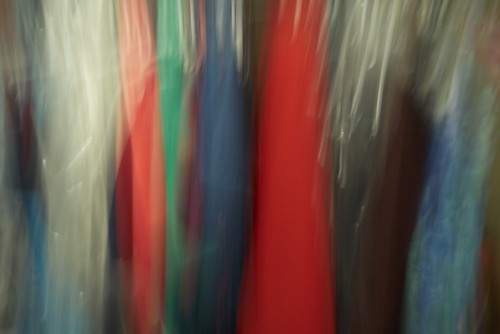 |
| Northern Gannets |
To get there, we drove down highway 100 from Placentia south to the cape -- a very picturesque drive, not to mention very hilly. You drive through a series of small villages, each of which is in a cove at the bottom of a valley between two 250 to 450 foot-high hilltops. The road up and down these hilltops is quite steep, at least from my perspective, which makes for an interesting and occasionally exciting drive.
 |
| Cape St. Mary's cliffs |
When you get to the site itself, there is a roomy interpretation centre with information and a model of the cliffs showing the locations of the various nesting sites. But the real fun begins when you start walking down the path to the cliffs. The first viewing location is a grassy slope that lets you see the cliffs as a whole. You can hear the birds as well as see the level of activity to and from the cliffs. It's almost like a futuristic movie where flying cars are going to and fro on an aerial hightway.
 |
| Bird Rock and many of the 11,000 nesting pairs of Gannets |
As the path continues (for about a kilometre), there are a couple of other viewing sites, but the best site is at the end of the path. The path leads to the cliff edge, where you can venture out on a narrow rocky point to see Bird Rock, a rock about 20 or 30 metres away that is covered with Northern Gannets. This view is truly awesome -- you can see the individual birds and their young, and various gannets flying back and forth. I watched the birds there for quite a while, and took many photographs.
 |
| The Gannet superhighway |
The whole experience was exhilarating. When I was finished at the main viewing location, I went back to the grassy slope and just sat for a while watching the hub of activity, and listening to the sounds of the birds.
These and other photographs from the preserve and elsewhere in Newfoundland, please visit my website.
. . . Rob Williams
http://www.robertwilliamsphotography.ca













